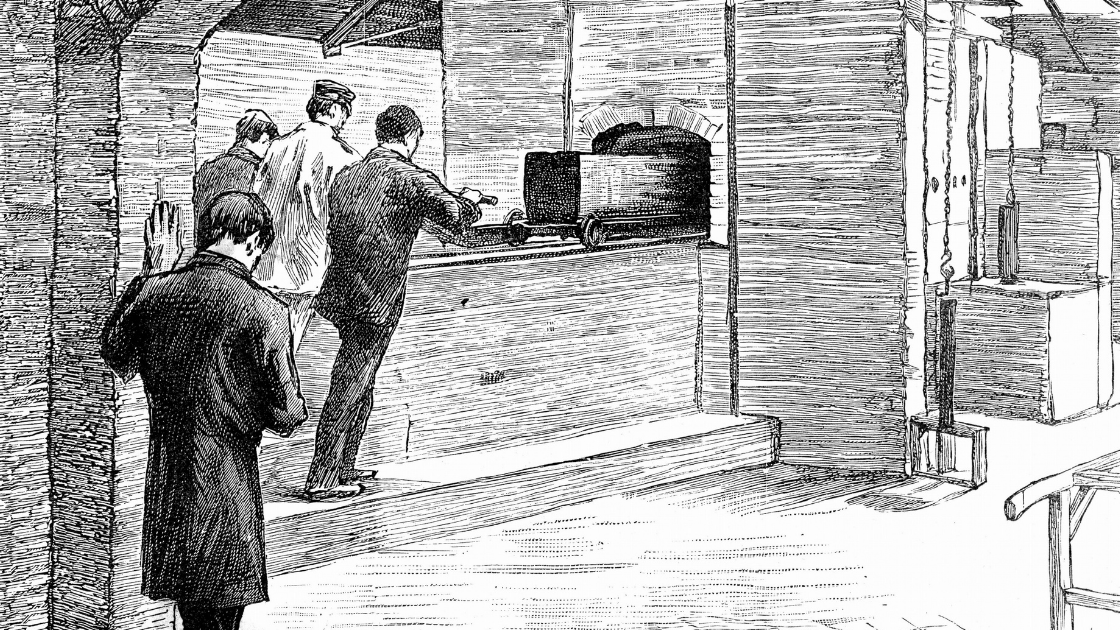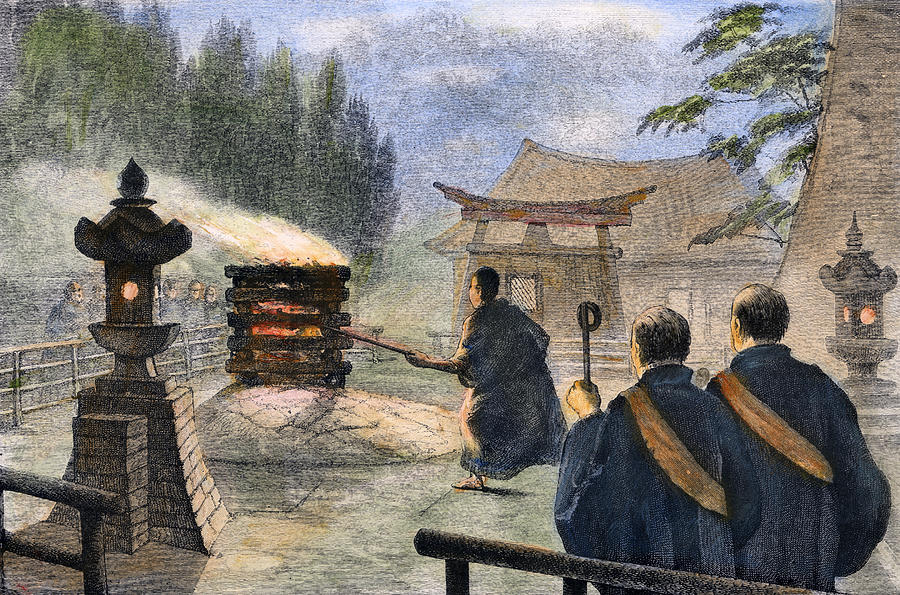What goes on inside that cremation machine? This video explains exactly what happens to a body before, during and after cremation.
On This Page
Is cremation right for me?

If you want to know more after watching that last video, even more questions about cremations are answered in this video.
If you’re interested in “water cremation,” also known as aquamation, which is an eco-friendly alternative to flame-based cremation, you can learn more in our Green Death Tech Resources.
Are Those Really My Loved Ones Remains?
One question we often get is “Am I actually getting back my loved one’s remains?!” Don’t worry, we have our ways of keeping track of each individual’s cremated remains!
What about things like pacemakers or breast implants? What happens to those? Get answers to these questions in one of our most popular videos.
Is Cremation the Least Expensive Option?
Now that you’re a certified cremation expert and have decided it’s the right choice for you, how do you go about getting a direct cremation? Let’s start with the basics on what exactly direct cremation is, and why it’s often your least expensive option for disposition.

What is a Witness Cremation?
You should also know that being present at the cremation is an option. If you ask the funeral home or crematory, “Can I get a witness cremation?” they should be able to provide you with the details, like how many people can be present, and what their fees are. Learn more about what to expect and the reasons why you may want to consider a witness cremation.
But, what about that water cremation (aka Alkaline Hydrolysis) method you’ve heard about? We’ve got a section dedicated to just that.
Is Cremation a “Green” Death Option?
While cremation is a more economical choice for some, this form of disposition also impacts the environment.Energy use for a single person’s cremation consumes as much energy as a 500-mile car trip, emits mercury, sulfur dioxide, and, in the US, about 360,000 metric tons of carbon dioxide emissions into our air every year.
While flame cremation remains a viable and more sustainable choice than modern burial, there are ways to lessen your carbon footprint. One option is Alkaline Hydrolysis—also known as Green or Water Cremation, or Resomation in the UK, which is:
a method of preparing a dead human body for its final disposition. And like cremation, it’s a process that reduces human remains to bone fragments. But instead of flame, Alkaline Hydrolysis uses water and an alkali solution of potassium hydroxide (KOH) commonly found in household products, which when heated, dissolves the body, leaving behind bone fragments and a sterile liquid. Alkaline hydrolysis is the natural process a body undergoes after burial, which can take up to 25 years. Green Cremation essentially accelerates this natural process to 2-3 hours in a very quiet, controlled environment.
If you want to know more about aquamation, head over to our Green Death Tech section all about alkaline hydrolysis.
Or, maybe you’re looking for ways to make more informed and environmentally friendly choices for a cremation? First, check out our section on how to “green” your funeral, Next, here’s Founding Order Member, and mortician Sarah Wambold with some suggestions:
- Choose the crematory closest to you that has the newest equipment. The newer retorts are going to be subjected to strictest emissions regulations—for whatever that is worth!
- Buy carbon offsets yourself or find a funeral home that purchases these for every cremation. See if you can purchase additional offsets for the cost of the drive over there and for the courier who drives to get cremation permits. A word about offsets: I know there are a lot of scammy offset programs and the whole cap & trade idea they are born out of feels like helping the rich profit off of climate control, but there is some (small) evidence that they are helpful. Do your research and purchase from groups with proven results (full disclosure: my friend who owns a funeral home uses this group).
- Don’t buy funeral products that insist they are going to make a tree out of the ashes. For one thing, the tree doesn’t grow from the ashes because they basically turn to cement when they get wet. Second, the product was most likely shipped, or needs to be shipped, to you creating more of a carbon footprint. Instead, read this soothing gardening forum about how you can bury ashes in a meaningful way yourself.
